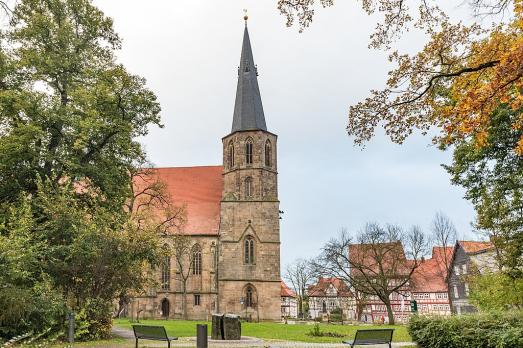
Basilica of St Cyriacus
Duderstadt, DE
The Basilica of St Cyriacus is a church in the Obermarkt of often referred to as the "Eichsfeld Cathedral" due to its dimensions and richly decorated interior.
Here you can search for a building to visit. You can use the map find destinations, or you can use the filters to search for a building based upon what different criteria.

Duderstadt, DE
The Basilica of St Cyriacus is a church in the Obermarkt of often referred to as the "Eichsfeld Cathedral" due to its dimensions and richly decorated interior.
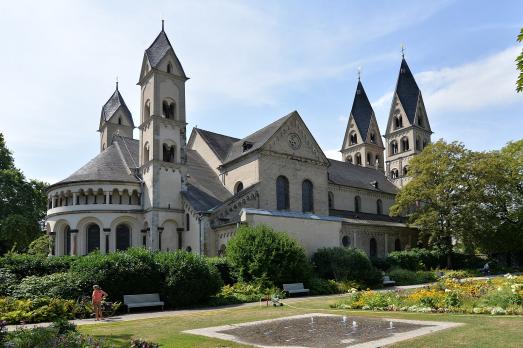
Koblenz, DE
The Basilica of St. Castor was completed in the first half of the 9th century. The church was destroyed as early as 882 with the Norman invasion, but it was immediately rebuilt. Construction of the present building, however, began later in the 12th century. The building will undergo few changes in the course of its history and will be restored throughout the 19th century to enhance its exceptionally well-preserved Romanesque style.
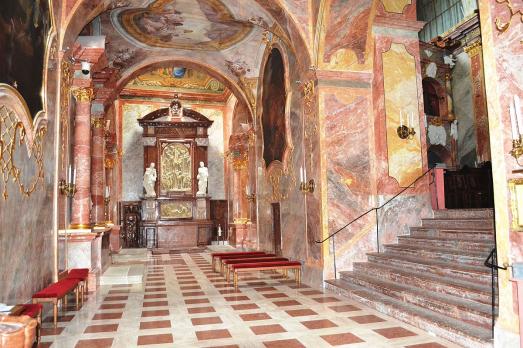
Nitra, SK
The Basilica of St. Emeram is part of Nitra Castle and as such one of the first national cultural monuments in Slovakia, declared in 1961. The basilica consists of three buildings from different periods. The Romanesque chapel was built at the turn of the 11th and 12th centuries. The upper church dates from 1333 - 1355 and was built in the Gothic style. The lower church was built between 1621 - 1642. Later the whole cathedral was rebuilt in Baroque style.
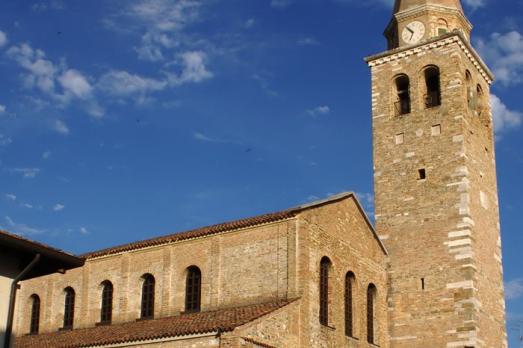
Grado, IT
The patriarchal basilica of St. Euphemia, dating from the 6th century, is flanked by the baptistery and the 15th-century bell tower. Under the increasingly strict control of the Dukes of Venice, of which it was the mother church, and repeatedly involved in military confrontations due to its permanent rivalry with the neighbouring Patriarchs of Aquileia, the Basilica of Saint Euphemia began to decline from 1105 onwards, when the new Patriarch, Giovanni Gradenigo, chose to reside in the capital: Venice. However, the basilica retained ownership of the patriarchal pulpit even after the papal recognition of the Venetian residence of the patriarchs in 1177. In 1451, however, with the establishment of the new Patriarchate of Venice, the basilica was incorporated into the new diocese, losing the title of cathedral.
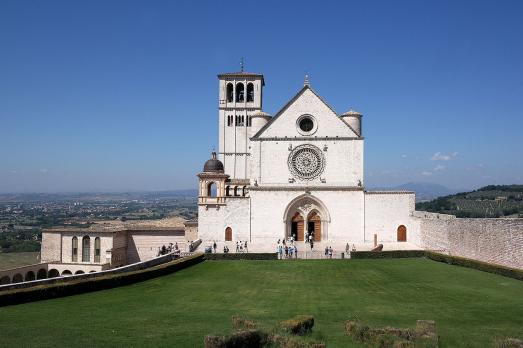
Assisi, IT
The Basilica of St. Francis of Assisi is divided into two parts: one is known as the "lower church", built in the rock on one side of Mount Subiaso between 1228 and 1230, and the other as the "upper church", built above it between 1230 and 1253, in the Gothic style. The bell tower is in Romanesque style. The two churches, united under the same name of "basilica", have been listed as UNESCO World Heritage Sites since 2000. The body of St. Francis was secretly transferred to the crypt in 1230 and was so well hidden that it was only rediscovered in 1818.
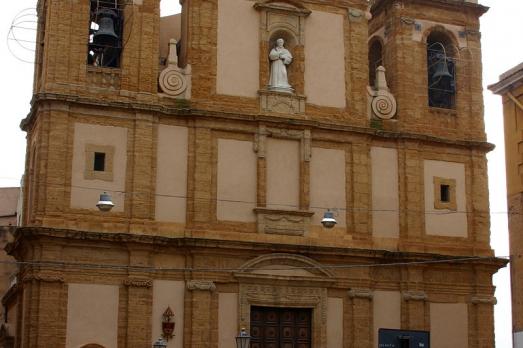
Agrigento, IT
The Basilica of St. Francis of Assisi or the Immaculate was built in the 14th century as part of a Franciscan convent. Erected in its present form in 1788, the church, made of sandstone tuff, has a baroque façade of three orders, with two imposing bell towers and a statue of the Saint in white marble; on the bell tower, on the other hand, there is a statue of the Virgin and Child.
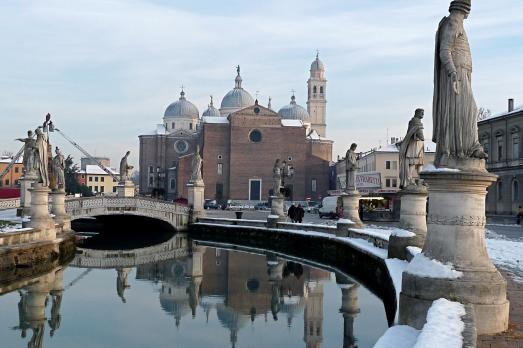
Padova, IT
The Abbey Basilica of Santa Giustina was founded in the 5th century, but the current building was built mainly in the 16th century. Until the Napoleonic suppressions of the congregations, the site was one of the main abbeys of Christianity.
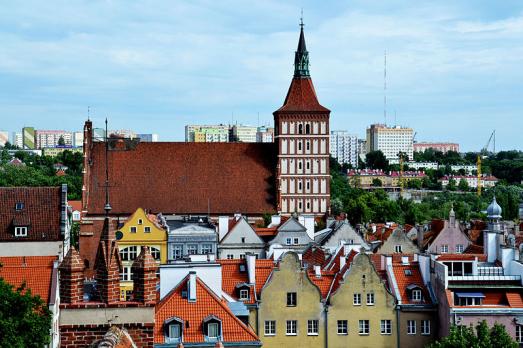
Olsztyn, PL
The construction of the Church of St. James took place in several phases from 1380 to 1445 and was completed at the beginning of the 16th century. Like the tower (1562-1596), the late Gothic vaults date from the end of the 16th century. In 1721, Piotr Olszewski designed chapels on both sides of the tower. The interior of the church is mainly in neo-Gothic style.
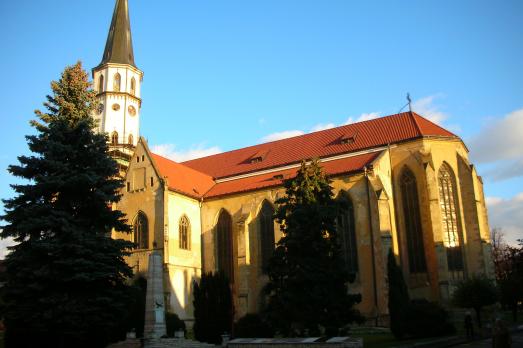
Levoca, SK
The first church is mentioned in chronicles as early as 1247. However, controversy arose around this date. The first construction of a tavern on Marianska hora was completed quickly, just two years after the founding of the new Levoca. The church above the town was not suitable for space or construction. In 1311, the parish priest Henrich de Leucz (from Levoca) was responsible for the repair of the pilgrimage church. Leucz's successor, Parish Solomon, continued his predecessor's efforts for eleven years. The statue or image of the gracious Virgin Mary was already in the first church. According to the surviving record of the visitation of the Levoca parish from 1702, the birth of respect for the Mother of God of Levoca dates back to the first half of the 14th century.

Roma, IT
The Basilica of St. John Lateran or Cathedral of Rome is the most important of the four great papal basilicas and the oldest and most important basilica in the West. The basilica was founded in the 4th century by the Roman Laterani family. The basilica has been damaged many times by sackings (410, 455), earthquakes (896, 1349), fires (1306, 1361), but always restored. Although some parts of the building bear witness to the old basilica, such as the magnificent Romanesque cloister and the ceiling, most of the present building is the result of a major remodelling in the 17th century. The nave and the interior design are the work of the architect Francesco Borromini. The monumental exterior façade was built in travertine in 1734 by the architect Alessandro Galilei. He was clearly inspired by the façade of St. Peter's in Rome.

new
As a university city, cultural offerings abound in Tartu and will reach their peak after being designated one of three European Capitals of Culture for 2024. In this list, we've compiled the most interesting sacred places to visit in and around the old town.

Bodø has evolved from a picturesque fishing village to a bustling cultural epicentre in the northeastern Norwegian county of Nordland. Here is a list of the top churches to visit in Bodø, the only European Capital of Culture above the Arctic Circle.

The small Austrian spa town of Bad Ischl is known for its beautiful nature and peaceful atmosphere. Emperor Franz Joseph I of Habsburg, described it as an "earthly paradise". Here is a list of religious heritage sites you should visit.